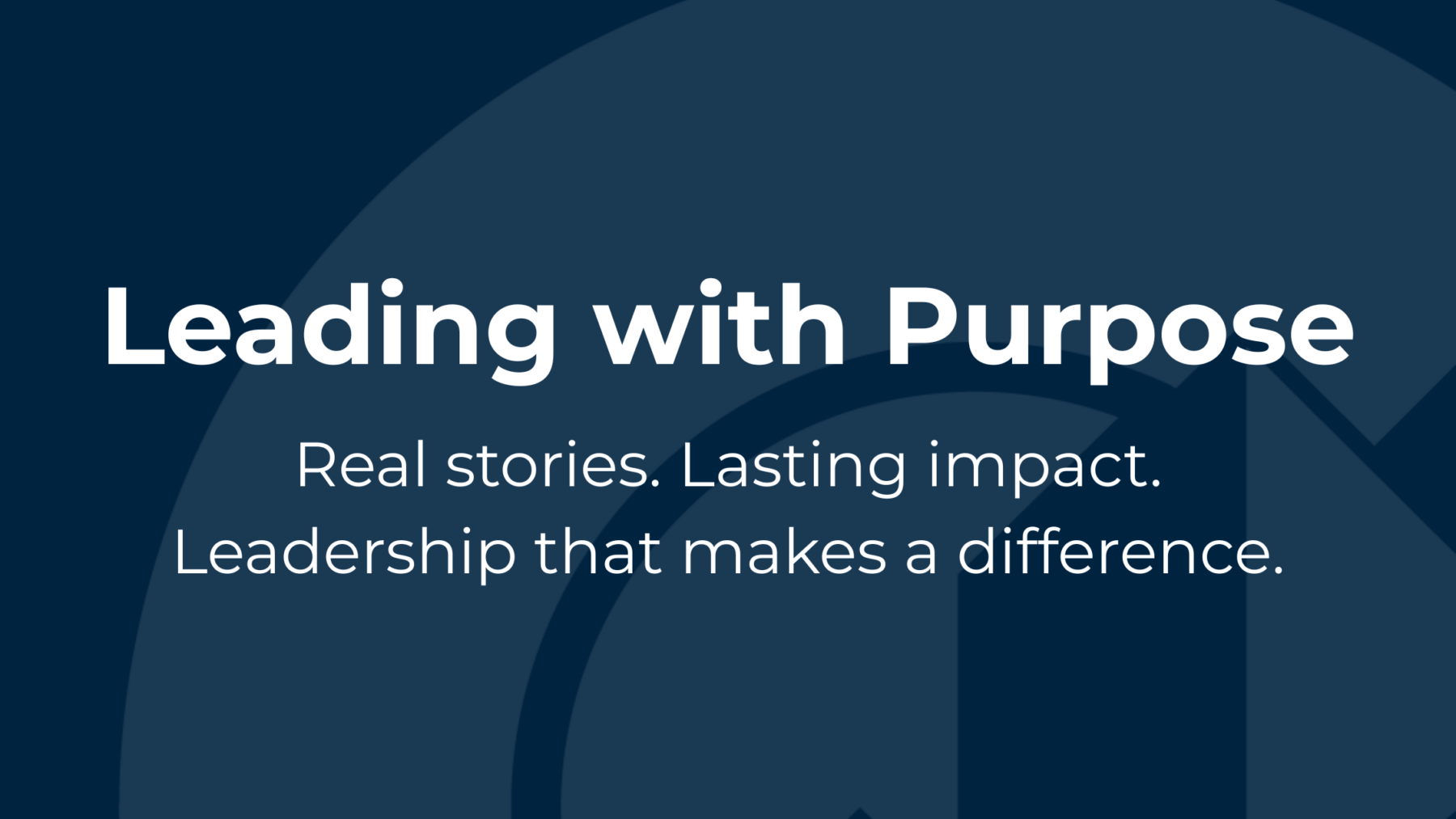Black History Month is an opportunity to celebrate and recognize the contributions and impact of African Americans. It’s also a time to look to the future and find ways to break down the barriers that prevent people of color and other populations from prospering today.
As human resources director at the Denver Metro Chamber of Commerce, I know that breaking down those barriers in the business community starts with understanding the problem. Through a Chamber family-led initiative called Prosper CO, we’re examining ways to create an economy that works for all. That work has led to some key discoveries from our data partners, the University of Colorado Denver and The Brookings Institution:
- People of color experience higher unemployment, are paid a lower median income and are more likely to experience poverty than whites.
- Hispanic and black Coloradans are less likely to achieve four-year degrees that can help them get out of low-wage jobs.
- Education isn’t everything – white men are far more likely than people of color and women to have higher-income jobs that are on a promising career path, even when they have less education.
So, what do we do with that information? Understanding this information presents the opportunity to create change – and it can start at your workplace with your hiring process. Here are some efforts we’ve implemented to promote a diverse and inclusive culture at the Chamber.
Draft job descriptions that open opportunity. Many of us know the feeling of scanning the job description of our dream job only to check off all the reasons we’re unqualified for the position. That’s a defeating feeling. The best person for your job may not have the four-year degree that has historically been required.
Look at that job description through a skills-based lens. Chamber member Skillful, a nonprofit initiative of the Markle Foundation, is an expert in skills-based hiring, and we are regulars at their trainings. They tell us to think about the skills your candidate must know on day one and what they can learn on the job after being hired. For instance, do they need experience with a certain software, or is it enough that they have the ability to work on a computer and can learn that software after starting the job?
If your job description is inclusive, your candidate pool is likely to be, too.
Take your job opening to the people you want to attract. “Location, location, location” doesn’t just apply to real estate. If you’re not posting your opening where diverse candidates look, your talent pool will continue to be what it’s always been. Consider job boards of diverse universities, chambers and businesses that predominantly serve communities of color. You’ll see the results in the candidates who apply.
Create a screening and interview process that reduces bias. How do you do that? Apply that skills-based lens again. Questions that confirm a candidate’s credentials won’t uncover whether they have what they need to do the job. Ask how they have responded to certain situations that may reveal their conflict management or communications skills, for instance. Also, look for answers that may demonstrate diversity of thought that would bring value to your business. New ideas may lead your team to innovate in ways you’ve never considered.
You can’t uncover all of this in one interview, either. I recommend three interviews with colleagues who represent various levels and departments in your business. After the interviews are complete, gather your colleagues to learn what they saw in each candidate. If you’ve built and posted your job description strategically and asked skills-based questions, the best candidate will rise to the top.
Continue your efforts after hiring. Your inclusive efforts shouldn’t stop when the candidate accepts the position. What are you doing to welcome them on their first day? Think of jobs you’ve enjoyed and others that left you longing to be somewhere else. Do you remember your first day at those jobs? Your new hires will, too. Communicate with them before they start about what to expect and that you’re excited they’re joining the team. Prepare their workspace so they can sit down and feel at home on day one and take them to lunch.
Check in with them regularly over the next few months to find out whether they have everything they need. Those regular in-person check-ins may take no more than 15 minutes but that’s invaluable time if your new hire feels valued.
Then, what are you doing to promote an inclusive culture for your entire team? Ask your staff what they want and what would make them feel most welcome. The best ideas may come from those excellent employees you brought in through your inclusive hiring practices. Organize panels that offer diverse perspectives from communities of color, LGBTQ populations, genders and political affiliations. Recognize a variety of holidays or celebrations, even it’s just through an email or a break in the day. Participate as a team in external events that promote cultural awareness.
Share your ideas for creating an inclusive, diverse workforce. We’re all ears at the Chamber. If you have ideas, please share them with me at romicha.cooper@denverchamber.org.
Romicha Cooper is the human resources director for the Denver Metro Chamber.



